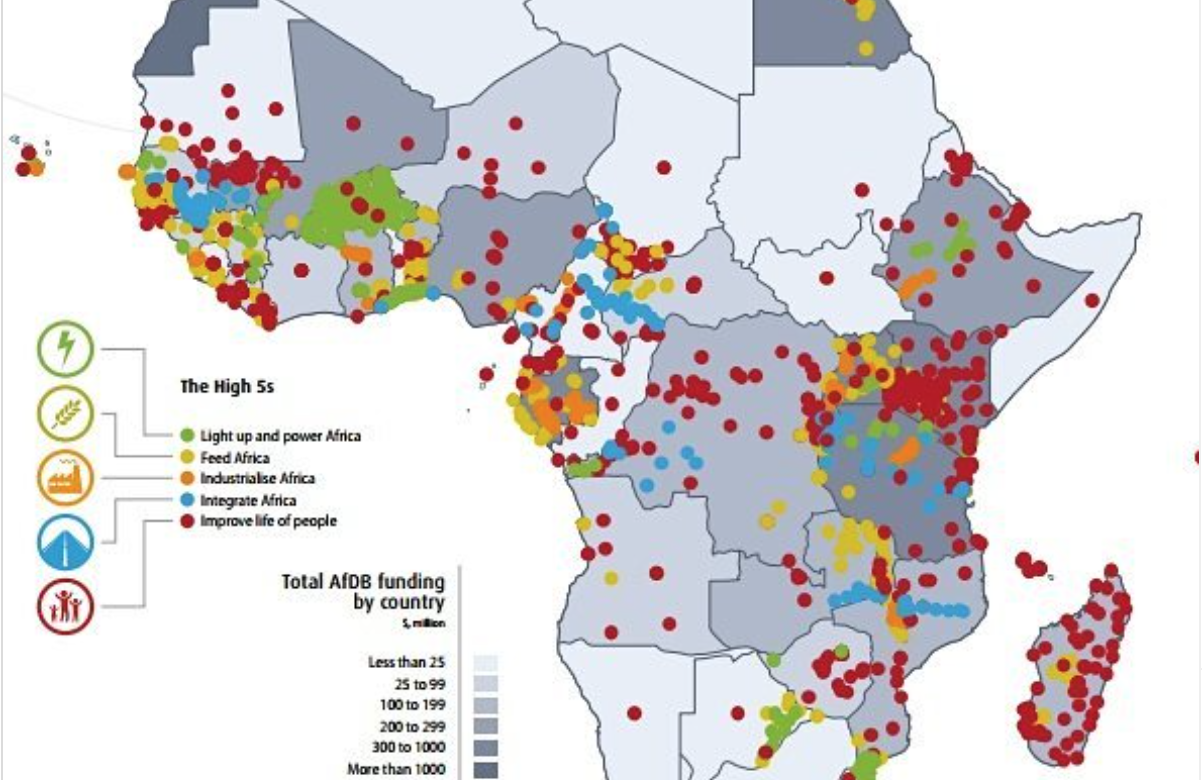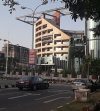West Africa has seen a slowdown in economic growth over the past year, with the exception of Cabo Verde, Gambia, Guinea, Mali and Niger, according to the 2023 report of the West Africa Economic Outlook from the African Development Bank.
Launched on July 27, the report assesses the economic performance of 15 West African countries, namely Benin, Burkina Faso, Cabo Verde, Côte d’Ivoire, Gambia, Ghana, Guinea, Guinea-Bissau, Liberia, Mali, Niger, Nigeria, Senegal, Sierra Leone and Togo.
Entitled “Mobilizing Private Sector Finance for Climate and Green Growth in West Africa”, the report presents the main economic trends in 2022 as well as medium-term economic forecasts (2023-2024) for the region. It also assesses strategies to accelerate the mobilization of private sector finance for climate and green growth in West Africa.
The report notes that West Africa’s average gross domestic product slowed from 4.4% in 2021 to 3.8% in 2022, implying that the resumption of growth after the slowdown in 2020 slowed down.
He attributes the slowdown in growth, among other factors, to successive shocks such as the resurgence of Covid-19 in China, a major trading partner for countries in the region. Russia’s invasion of Ukraine has also caused inflationary pressures on the cost of food, fuel and fertilizers in many countries in the West African region.
The report further reveals that advanced economies have also tightened monetary policy, which has increased global risk aversion and increased pressures on exchange rates.
It nevertheless notes that the region’s GDP growth outlook is positive and is expected to increase slightly to 3.9% in 2023 and 4.2% in 2024.
The transition to green growth will require more resources
The West Africa Economic Outlook 2023 report notes that adapting to climate change and the depletion of the region’s natural resources present an opportunity for businesses and governments to embark on a path to sustainable and green growth.
According to the report, “West Africa has enormous potential to achieve green growth, with green industrialization being the most obvious path“. There are many reasons for green growth in the region: climate change impacts and risks, depletion of natural capital, poverty and food insecurity, limited job creation and many capital-intensive enclaves.
Speaking at the launch, Kevin C. Urama, Chief Economist and Vice President for Economic Governance and Knowledge Management at the African Development Bank, said multiple challenges had led to higher rates of interest and increased debt service payments for African countries. He explained that these challenges include climate change, inflation due to rising energy and commodity prices, disruption of supply chains, as well as the tightening of monetary policy in the United States. and in Europe.
Kevin C. Urama added that greater efforts will be needed in Africa to mobilize domestic resources and private sector finance to help countries transition to climate adaptation and green growth.
He said: “Africa is being short-changed when it comes to climate finance. The continent will need $235-250 billion a year until 2030 to make the investments planned under its nationally determined contributions. Yet Africa only received around $29.5 billion in climate finance between 2019 and 2020.”
Private sector financing to support climate change adaptation and mitigation in Africa is estimated at just $4.2 billion for the period 2019-2020, the lowest amount of any region in the world. world.
The private sector climate finance gap in Africa is estimated to reach $213.4 billion per year between 2020 and 2030.
Quoting the report, Kevin C. Urama said, “Africa can accelerate its transition to green development by leveraging its natural capital, estimated at around $6.2 trillion in 2018. »
He noted that the continent, however, was not making the most of its natural resources due to their misvaluation, degradation, illicit capital flows and losses in royalties and taxes.
Also speaking at the launch of the report, the African Development Bank’s chief economist for West Africa, Guy Blaise Nkamleu, said that four of the region’s fifteen countries — Guinea-Bissau, Mali, Liberia and Niger — are ranked among the ten most vulnerable countries to climate change and environmental risks in the world.
“To stimulate private sector financing for climate and green growth, West African governments must deploy innovative instruments and mechanisms to attract private sector financing,” added Guy Blaise Nkamleu.
Source: African Development Bank Group (AfDB)




















Réagissez à cet article